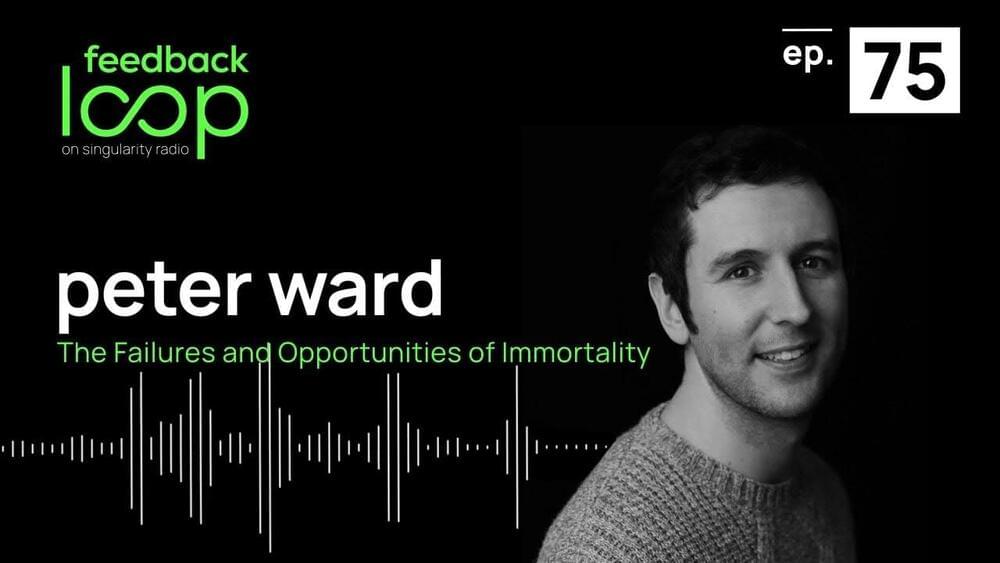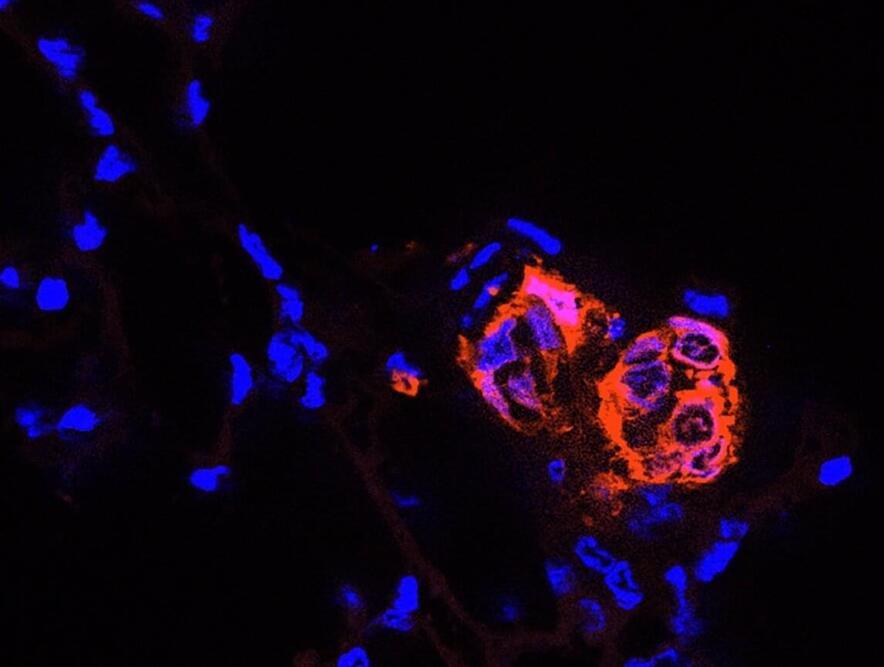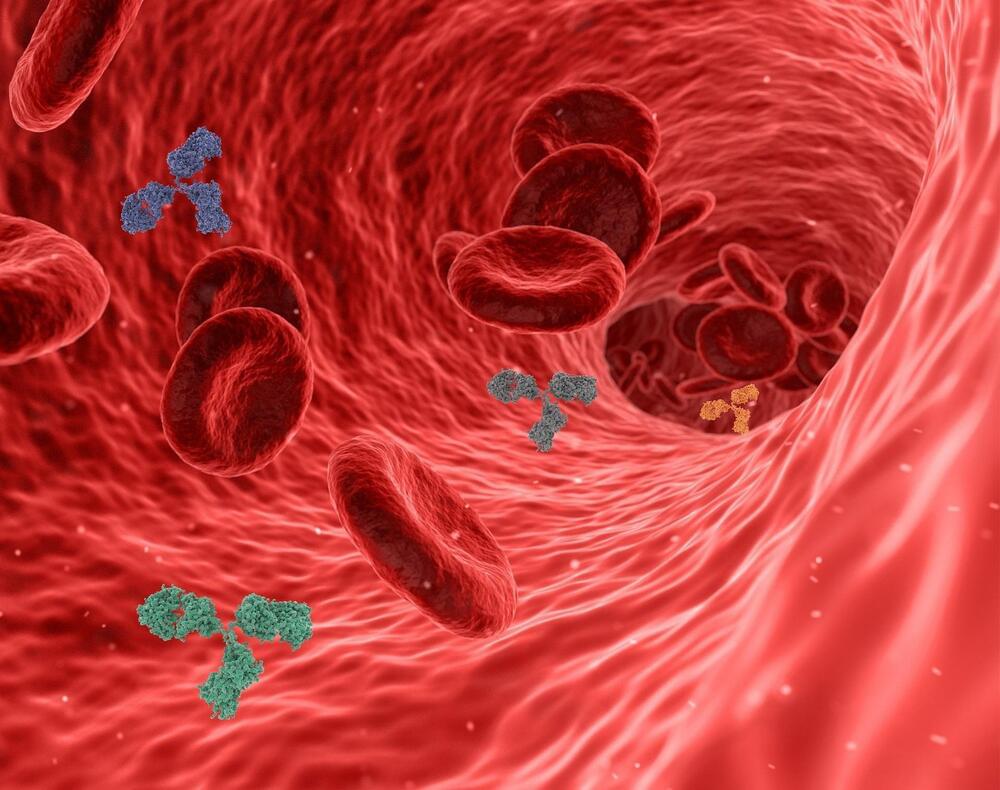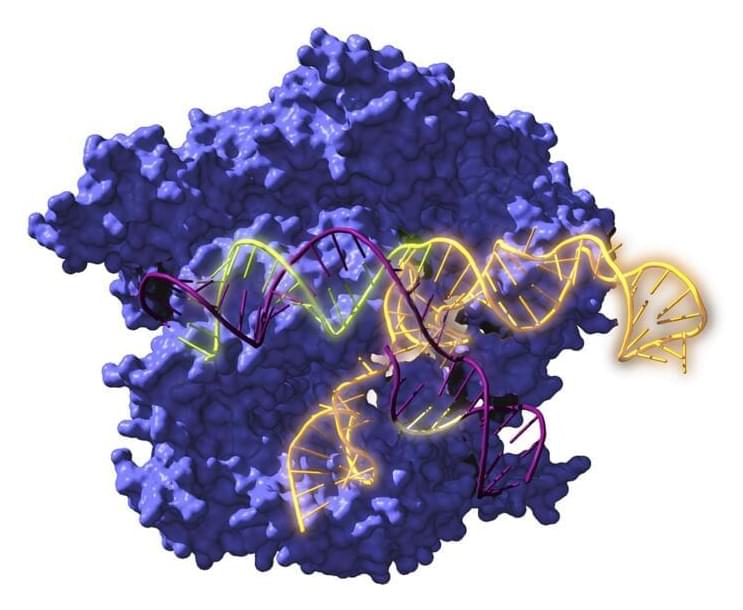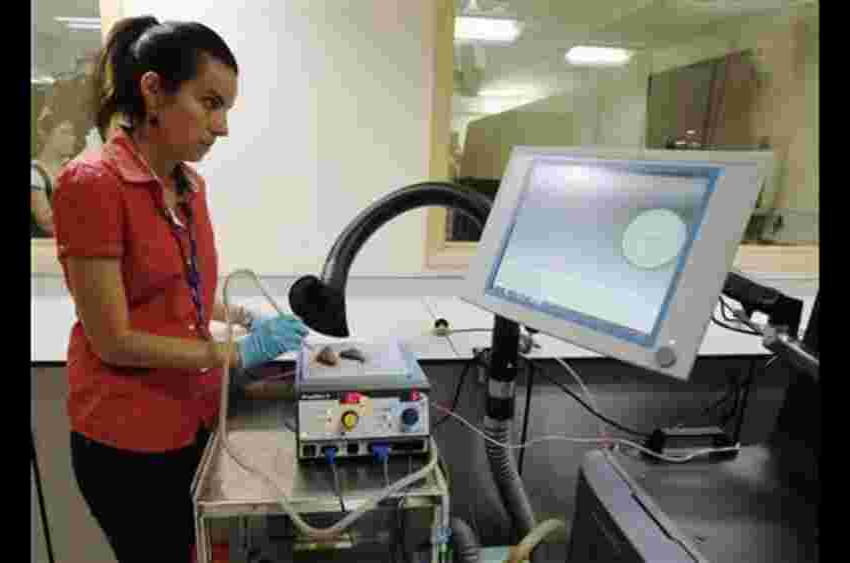Jan 5, 2023
The Failures and Opportunities of Immortality | Peter Ward, Feedback Loop, ep 75
Posted by Kelvin Dafiaghor in categories: bioengineering, biotech/medical, business, cryonics, life extension, media & arts
This week our guest is business and technology reporter, Peter Ward. Earlier this year, Peter released his book The Price of Immortality: The Race to Live Forever, where he investigates the many movements and organizations that are seeking to extend human life, from the Church of Perpetual Life in Florida, to some of the biggest tech giants in Silicon Valley.
In this episode, we explore Peter’s findings, which takes us on a tour from cryonics to mind uploading, from supplements to gene editing, and much more. Along the way, we discuss the details of how one might actually achieve immortality, the details of senescent cells and telomeres, whether it’s better to live healthy than to live long, the scams and failures that seem to dominate the space, as well as the efforts that seem most promising.
